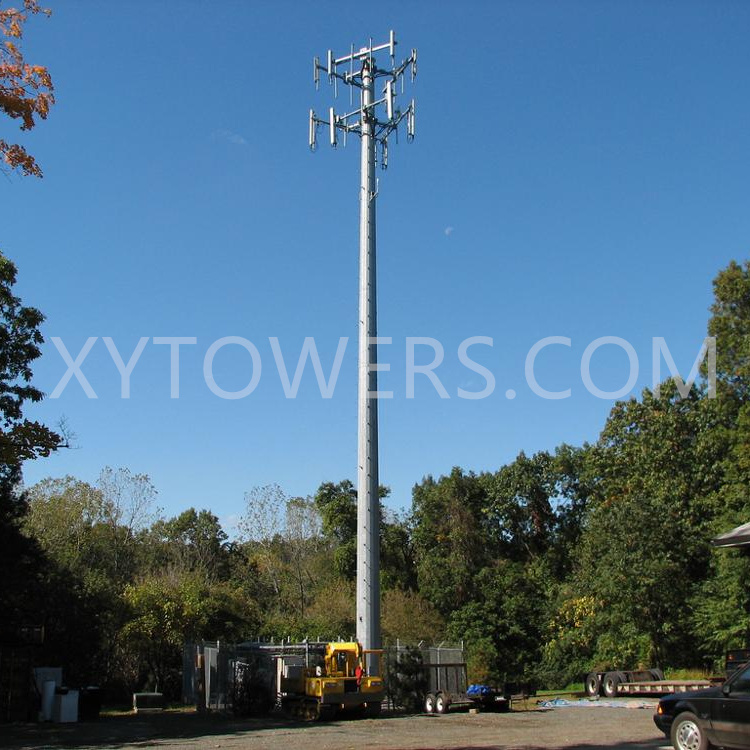A monopole structure is essentially an antenna consisting of a single radiating element, usually mounted on a conductive surface called a ground plane. This configuration allows the monopole to efficiently transmit and receive radio frequency signals. The design is characterized by simplicity and efficiency, making it a popular choice for a variety of applications ranging from mobile communications to broadcasting.
The most common form of a monopole antenna is a quarter-wavelength monopole antenna, which is approximately one-quarter the wavelength of the frequency at which it is designed to transmit or receive. This design allows for optimal radiation patterns and impedance matching, which are critical for effective communication.
In the context of electric monopoles, the term refers to a theoretical concept in physics in which a single charge exists without an accompanying opposite charge. Although true electric monopoles have not yet been observed in nature, the concept is frequently used in theoretical discussions and models. In practical applications, electric monopoles can be represented by monopole antennas that radiate electromagnetic waves, thereby facilitating wireless communications.

Electric monopoles are particularly important in the design of antennas for a variety of devices, including smartphones, tablets, and other wireless communication tools. Their ability to radiate signals efficiently makes them ideal for applications that require a compact and effective antenna solution.
Telecom monopoles, on the other hand, are specifically designed for telecom applications. These structures are commonly used in cellular networks, radio broadcasts, and other forms of wireless communications. Telecom monopole antennas may vary in height and design, depending on the specific requirements of the network they serve.
One of the main advantages of telecommunications monopole antennas is their ability to provide wide coverage. By strategically placing these monopoles, telcos can ensure their signals reach a wider audience, thereby improving connectivity and service quality. In addition, telecommunications monopole antennas are often designed to be aesthetically pleasing and blend into urban environments while still providing necessary functionality.
The applications of unipolar structures are wide and varied. In the field of telecommunications, monopoles are crucial for establishing reliable communication networks. They are used in base stations, mobile towers, and other infrastructure that support wireless communications. The benefits of using a unipolar structure include:
Space Efficiency: Monopole antennas require less space than other types of antennas, making them ideal for urban environments where space is at a premium.
Cost Effectiveness: The simplicity of a monopolar design usually means lower manufacturing and installation costs.
Versatility: Monopoles can be used at a variety of frequencies, making them suitable for a variety of applications from mobile phones to radio broadcasting.
Easy to Maintain: The simple design of the unipolar structure makes maintenance and upgrades easier, ensuring that the communication network remains efficient and up-to-date.
In summary, unipolar structures (including power unipoles and telecommunications unipoles) are an integral part of modern communication systems. Their unique design and functionality enable efficient signal transmission and reception, making them indispensable in the ever-evolving telecommunications world. As technology continues to advance, the role of unipolar structures is likely to expand, further enhancing our ability to connect and communicate in an increasingly digital world.
Post time: Oct-09-2024





